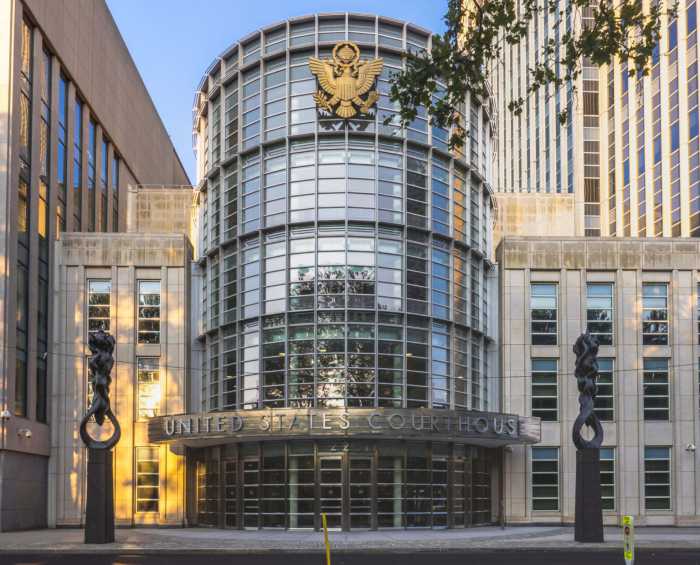Emergency exits throughout the subway system are deteriorating and unsafe for anyone who might need to use them should a disaster strike, a report from the MTA Office of the Inspector General (OIG) declared.
According to MTA Inspector General Daniel G. Cort, in his report released on Dec. 19, the hazards that auditors found during inspections in late 2023 were many — ranging from tripping hazards and obstructions to poor lighting, exposed wires, crumbling walls or ceilings, loose or broken handrails, and corrosion throughout the network of emergency exit tunnels, tubes, elevated track apparatus, and portals.
More than 41% of the 163 emergency exit assets were found to have moderate to severe defects, according to Cort’s report; 54% of the 65 emergency exit stairwells evaluated had serious defects.
“I saw first-hand some of the issues highlighted in our audit during site visits, and I am deeply concerned about the poor conditions we observed,” Cort said on Dec. 19.

He noted that the many defects found also seemed to suggest that MTA New York City Transit was lagging in its duty to inspect, maintain, and repair emergency exits and nearby facilities that the bureau’s own employees use every day.
Just 13% of the most serious defects that OIG found in its inspections late last year had been previously noted to inspectors, and 76% of serious defects reported by inspectors were not addressed within 90 days, as required by NYC Transit protocol.
Cort’s report outlined 24 different recommendations to New York City Transit and the MTA Construction and Development team to fix the discovered defects and shore up all emergency exits throughout the system — but NYC Transit only accepted nine of the 15 recommendations. The inspector-general said NYC Transit believes its “current policies and procedures were sufficient to resolve” the report’s concerns.
NYC Transit rejected the following recommendations: assigning responsibility for inspecting tunnel handrails; establishing timeframes for right-of-way and emergency exit inspections and related data or trouble tickets to be entered into a database; analyzing costs to give inspectors digital tools and mobile apps to improve the transmission of inspection results; and developing and implementing a spot repair plan for emergency egress.

Both MTA Chair Janno Lieber and NYC Transit President Demetrius Crichlow addressed the OIG report during an unrelated press conference in Manhattan Thursday.
While Lieber felt that some of the report’s findings “conflated things where there were temporary conditions” at the time of inspection, he stressed that the agency is “really attentive to emergency exits.”
Citing one example, he pointed to last week’s power failure on the A and C lines near the Hoyt-Schermerhorn Stations in Downtown Brooklyn. Some 3,500 people on stuck trains evacuated without incident using emergency exit apparatus in the system.
“We’re working on making sure that the Fire Department can help us get people, God forbid, out of the tunnels faster than they did a couple of nights ago,” Lieber said, “but those emergency exits worked, and we’re absolutely committed — not just because it’s the law and the code, but it’s a practical matter. Our riders need it and our employees need those [exits] to function.”

Crichlow said NYC Transit pays “extreme attention to safety,” and also cited the recent evacuation downtown as a reason to be confident in the emergency exit network within the subway system.
“Our goal is obviously to keep our customers on trains, but if the unfortunate event comes that you have to evacuate, we’re confident that we can do that safely,” he said.





































